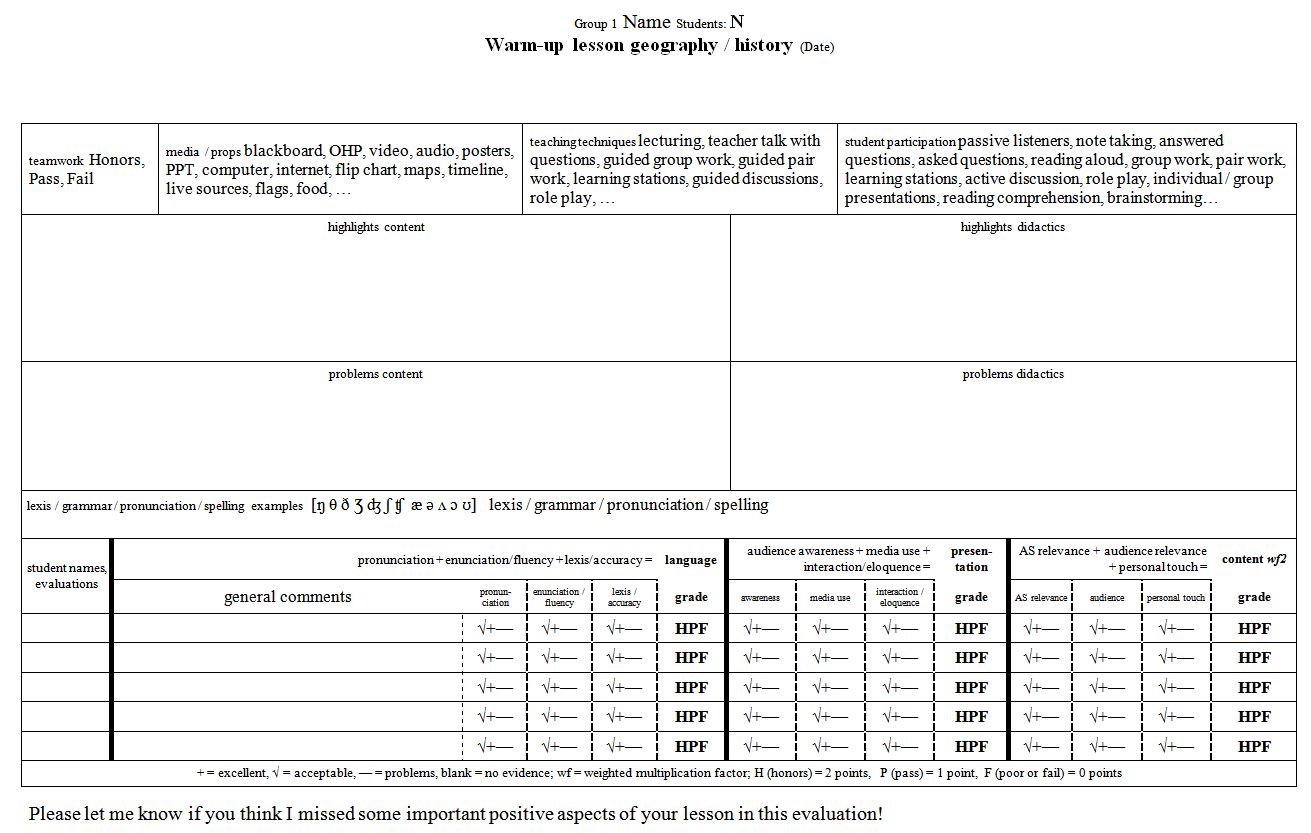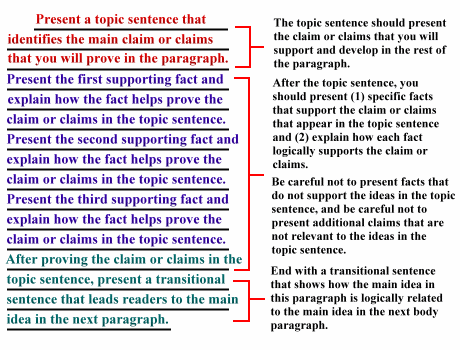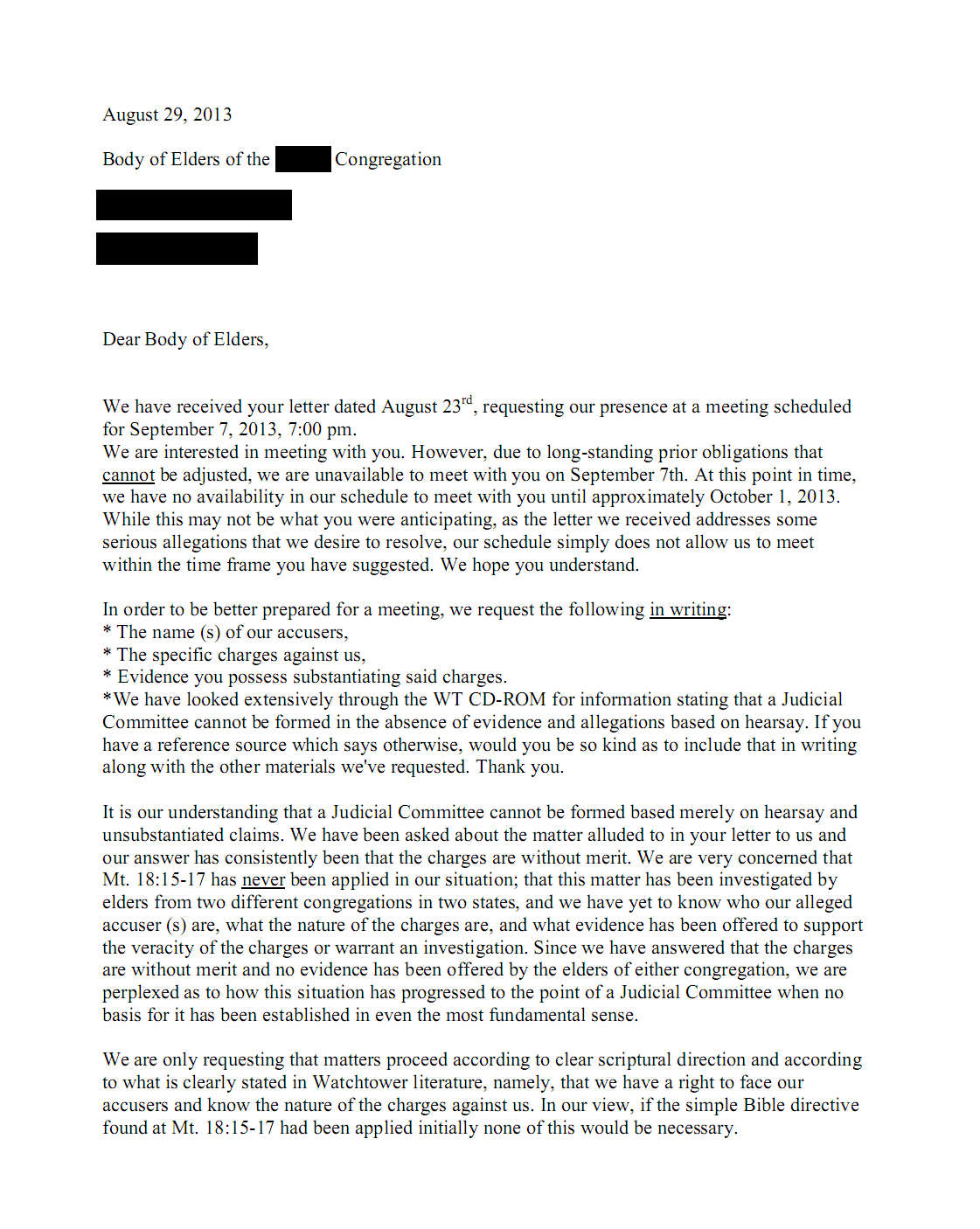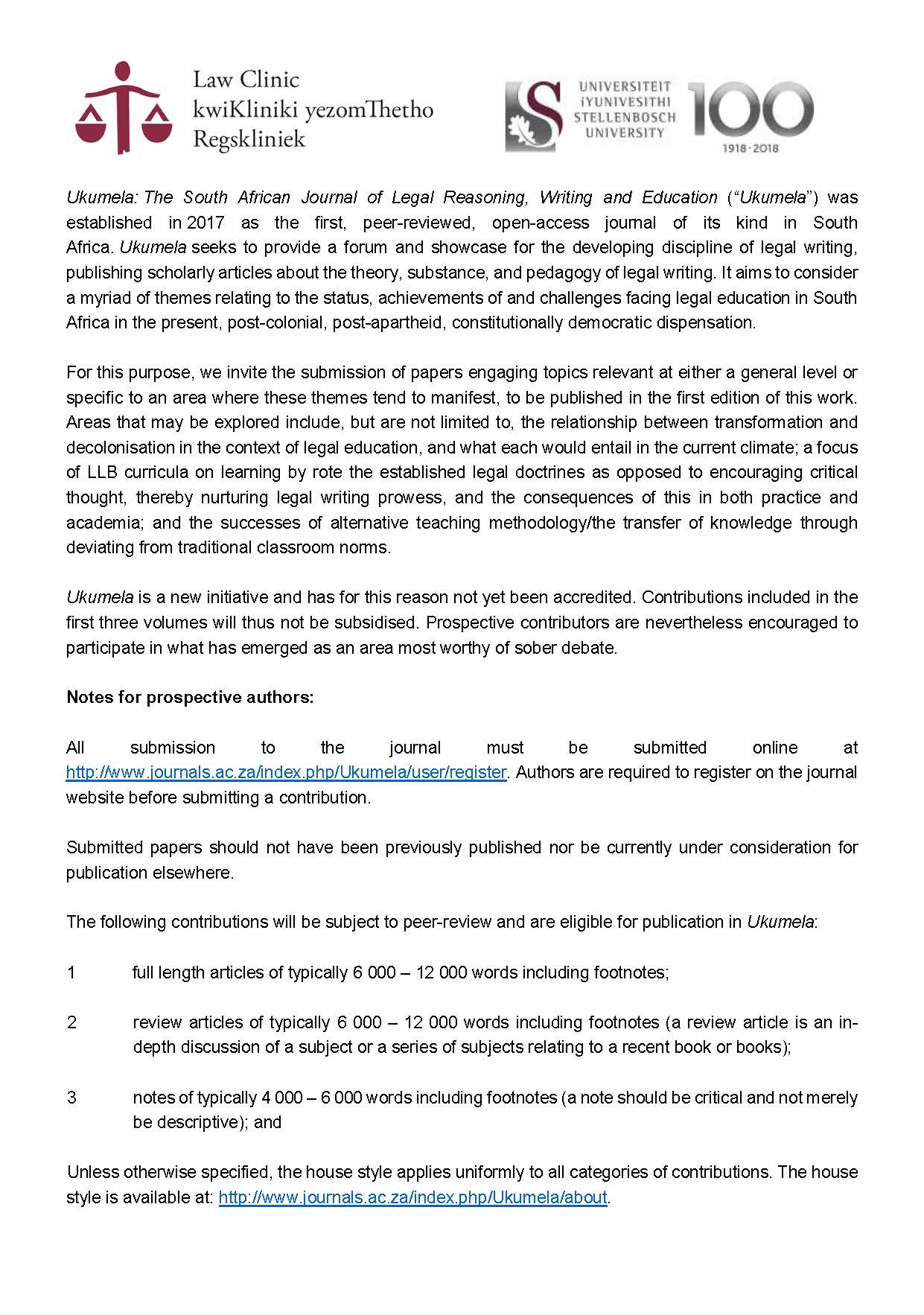Monthly Journal: The Johnson-Reed Act And Boundary. - Essay.
The Immigration Act of 1924 had several names that it was known by such as the National Origins Act, The Rogers Act and The Johnson-Reed Act. The act was passed as a replacement to the ineffective Emergency Immigration Act of 1921 which had been passed three years before as a way of halting the number of immigrants entering the United States.
The Immigration Act of 1924 was very important because it had many effects on immigration and in US population. There were three factors that probably influenced Congress to pass the Immigration Act of 1924. These three factors were due to ethnic control, economic issues, and political control.

Immigration Act of 1924 The period of the 1890s-1924 was the largest period of immigration in U.S. history, when more than 20,000,000 people arrived in the U.S. The period was also one of intensifying nativism and racism, as many Anglo Americans feared the arrival of the “unwashed masses,” people largely migrating from southern, eastern, and central Europe (SCE).

The Immigration Act of 1924 (The Johnson-Reed Act) The Immigration Act of 1924 limited the number of immigrants allowed entry into the United States through a national origins quota. The quota provided immigration visas to two percent of the total number of people of each nationality in the United States as of the 1890 national census.

The Immigration Act of 1924 was caused by a multitude of factors. Some of the contributing factors to this law was a huge spike in immigration in recent years, anti-foreign feelings, ethnocentrism, racial issues, and religious issues.

The Immigration Act of 1924 limited the number of immigrants allowed entry into the United States through a national origins quota. The quota provided immigration visas to two percent of the total number of people of each nationality in the United States as of the 1890 national census.

Immigration Act of 1924: Summary The Immigration Act of 1924, also known as the Johnson-Reed Act, was one such measure intended to reduce immigration into the USA. According to it, the existing amount of immigrants from a particular country was used to calculate how many more immigrants from that country would be allowed into the USA.

Immigration Restriction Law of 1924 Essay 788 Words 4 Pages The immigration act of 1924 was really the first permanent limitation on immigration. This limitation was like a quota system that only aloud two percent instead of the three percent of each foreign born group living in the United states in 1890.

The Law: Federal legislation that set immigration quotas for individual countries that were based on the number of foreign nationals living in the United States in 1890 Date: Signed into law on May 26, 1924 Also known as: National Origins Act; Johnson- Reed Act; Asian Exclusion Act Significance: The act represented the first major attempt to restrict immigration into the United States.

ProCon.org is the institutional or organization author for all ProCon.org pages. Proper citation depends on your preferred or required style manual.

The Immigration Act Of 1924 1732 Words 7 Pages America is no foreigner to immigrants. From the pilgrims who came searching for religious liberation to African slaves that had lost their liberty, America’s history has been shaped by the influx of immigrants from different parts of the world.

The Immigration Act Of 1924 1399 Words 6 Pages Throughout history, immigration has remained a complex and influential piece of presidential policy—from the Age of Mass Migration, which led to the Immigration Act of 1924, to present day policy, which may result in the construction of a border wall.

The 1924 Act and its follow-ups were the culmination of that development, and reigned as the law of the land for more than four decades. The 1965 Immigration Act to which Sessions objected in his Breitbart interview did reverse that white supremacist emphasis, removing national or ethnic quotas as the defining factor in creating categories of “legal” and “illegal” immigrants.



